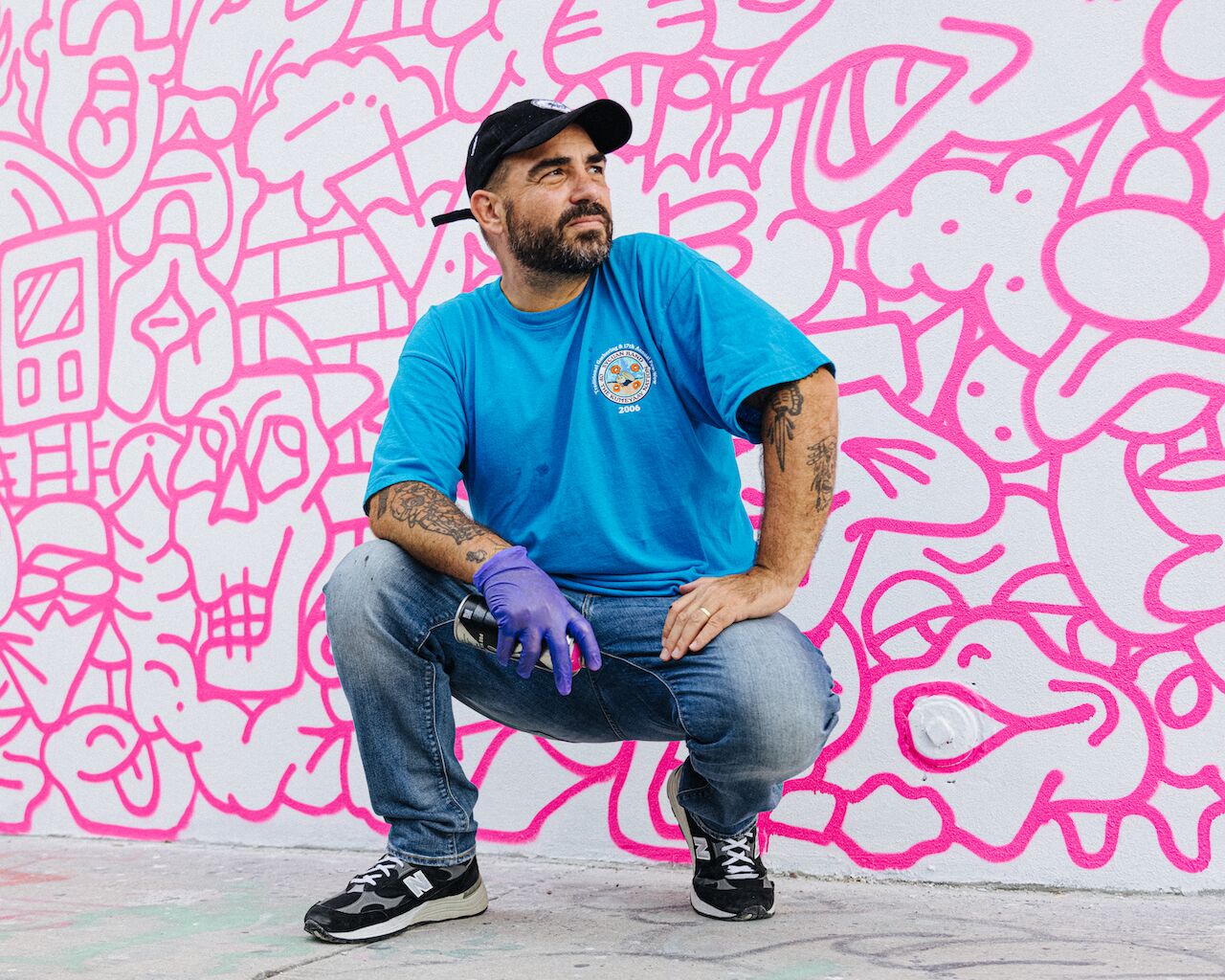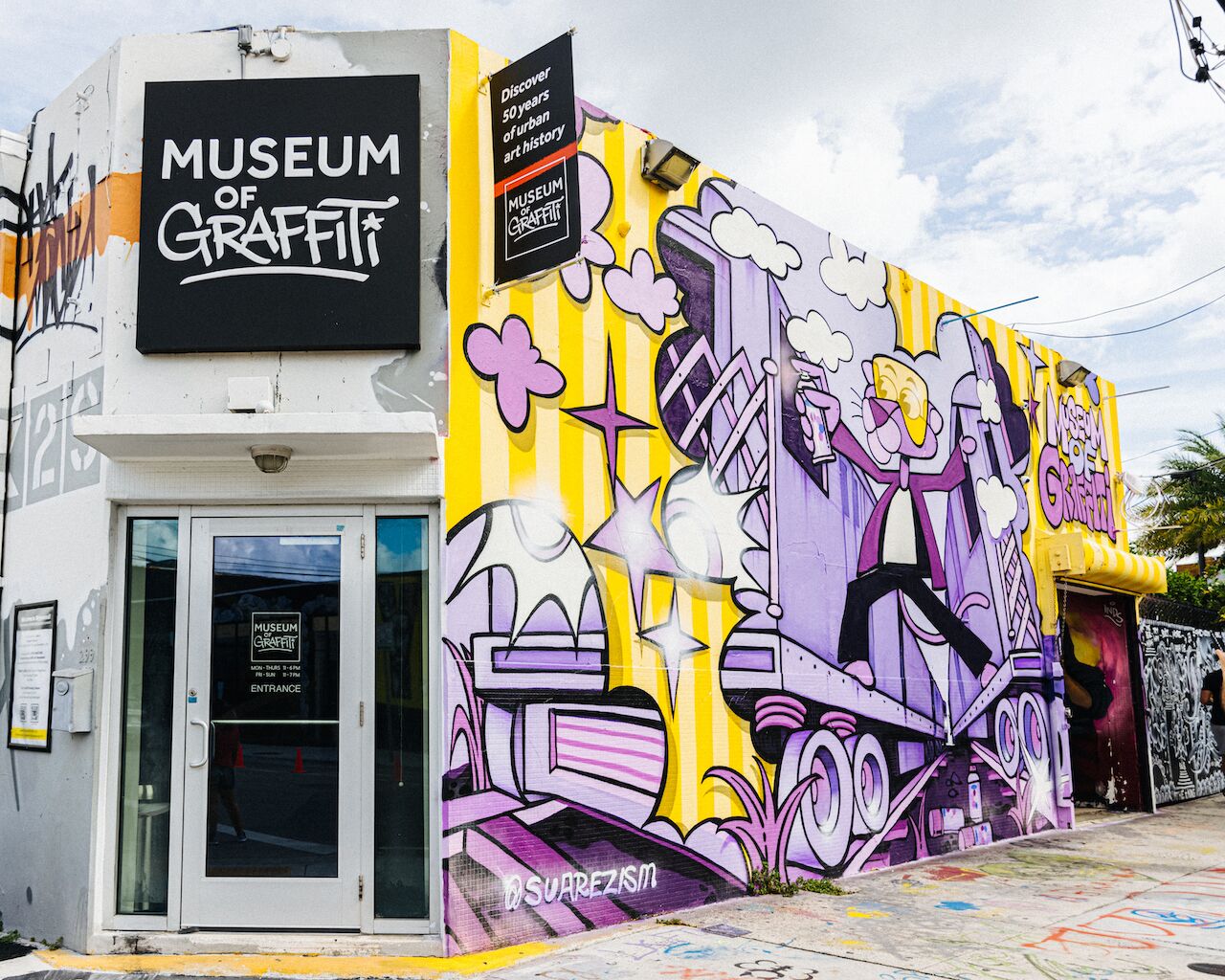When Fuzi started out as a graffiti artist, he was tagging trains in Paris when he couldn’t be seen, always on the lookout for police. For his so-called vandalism, he was arrested twenty times.
Today, graffiti, has become a globally movement and Fuzi is held as a living legend by the international graffiti community. He has published several books, such as “Fuzi UV TPK – Flash Tattoo Collection No 1”, “Fuzi UV TPK – Flash Tattoo Collection No 2”, and “MA LIGNE” and showcased his work around the world. Fuzi has also tattooed his art on celebrities such as Diplo, Scarlett Johansson, and Justice. He’s the founder of the international lifestyle brand IPBF (Ignorant People By Fuzi), and collaborates with individuals and brands as an art director, consultant, and illustrator.


